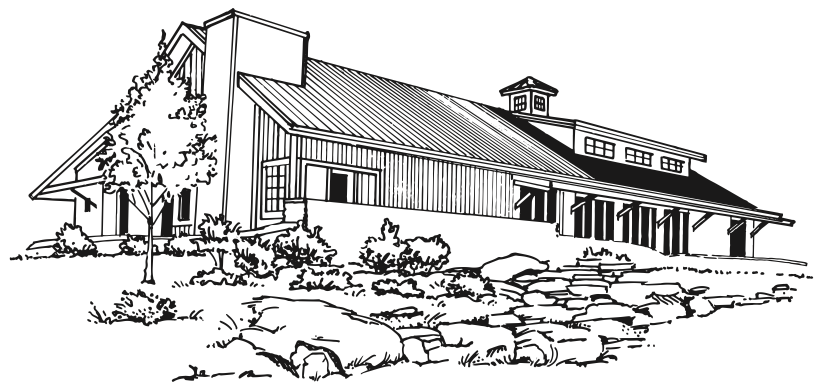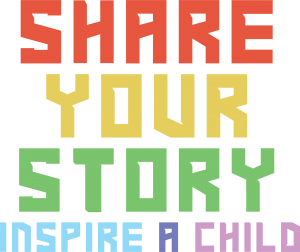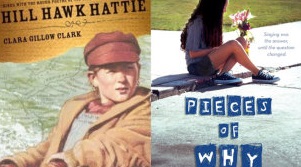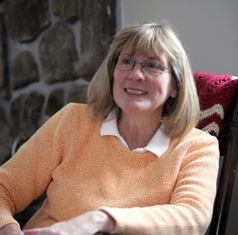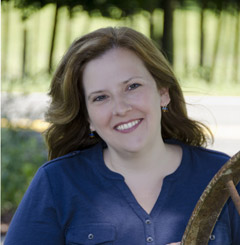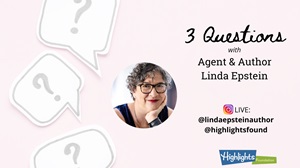We’re pleased to welcome writers and teachers Clara Gillow Clark and K.L. Going to the blog today, to share their experiences and their process for beginning a novel. Where and how does it all begin?
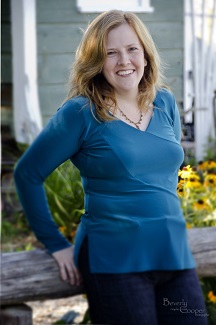
K.L. Going
Research Gives You Building Blocks for Your Novel.
How much research do you do before writing?
Kelly: I do a lot of research, even when writing fiction. In fact, I sometimes think I do too much. It’s very easy to put off starting the actual writing process by reading just one more book in the name of research.
The truth is, I find research to be a lot of fun. I read about various topics that relate to my story idea and sometimes I’ll read books that relate to how I might structure the narrative. For example, if I’m debating about using flashbacks, I might read a few examples of books that use them well. Or if I’m considering a narrative style that jumps around in time, I might see if I can find other examples of this style. That said, I never read anything that’s too close in plot, setting, or character because I don’t want to unconsciously affect my decision making on that level.
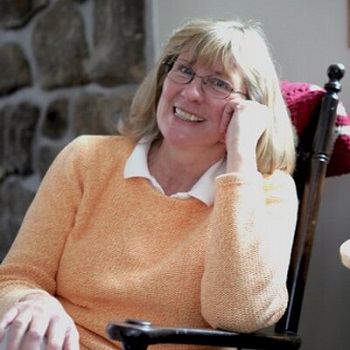
Clara Gillow Clark
Clara: Before I begin to write I do months of research and then continue to research throughout the writing of a book. Here’s a little writing tip: If you can’t see it; you can’t write it. That’s why research is not just important, it’s necessary for any time period you’re writing in if you want to capture a past or present time and bring it to life.
Research gives the writer building blocks to saturate their narrative with vivid and specific details. I want the reader to taste, touch, taste, smell, hear, and see the fictional world. When we write about the past, research also helps us shed our 21st-century sensibilities to embrace the mannerisms, belief systems, a different way of seeing the world, and the emotional pulse of a past time that may be alien to us.
How much of the story is developed through imagination–daydreaming about the characters, setting, and plot?
Kelly: All of it! Daydreaming is how I come up with my ideas for every stage of story development. I think about all the different paths that the plot could take and imagine the twists and turns as far as my mind allows. I imagine the same story using one element and then change that element to its polar opposite and imagine the story again. What changes? What do I like better? Were there any surprises?
As an example, I might think I want to write about a family that consists of a mother, father, and my main character. But there are so many permutations of family and every different combination changes who my main character would be and how they would act. I might change certain elements in my mind, imagining how the plot would unfold if the parents are divorced, happily married, together but constantly fighting, etc. Each path leads to a main character with different traits: angry, naïve, confused, betrayed, seeking escape…These character traits in turn define the plot.
Changing One Character Can Define Your Entire Novel.
It’s easy to make choices that become set in our mind right from the start, but sometimes, changing one single character or action can end up defining your entire book.
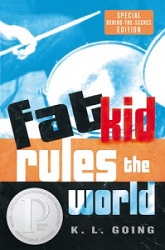 If you look back at my original hand-written pages of Fat Kid Rules the World, you’ll see a character who didn’t make it into the story: Troy’s mom. At some point, I reimagined the story without her and found that there was a deep well of emotion and conflict with a single dad struggling to raise two boys on his own.
If you look back at my original hand-written pages of Fat Kid Rules the World, you’ll see a character who didn’t make it into the story: Troy’s mom. At some point, I reimagined the story without her and found that there was a deep well of emotion and conflict with a single dad struggling to raise two boys on his own.
Clara: Research is the vehicle by which a writer builds their fictional world and that’s also where imagination comes in. As I research, I start building sets in my mind, sort of like movie sets–rooms with furniture, neighborhoods, kinds of transportation and types of stores, as well as the larger setting of the natural world, fashion, food, manners, superstitions, important historical events, and so much more. This process is delightful child’s play where I pick up bits of research and try them on, model them so to speak, to see if they work. Some things get discarded, other things are kept and often embellished to enhance the setting or a character’s personality. But the daydream can’t blossom into story until I have a reason to write the book. Then I need a major character I care about who is conflicted and to that I add in other primary relationship characters to generate conflict and friction, offer support or create confusion for the main character and to ultimately touch an emotional chord in the reader.
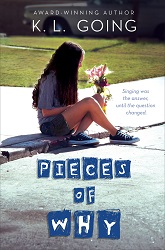 How much of the story’s content springs from your emotional connection to the story?
How much of the story’s content springs from your emotional connection to the story?
Kelly: All of it! Again, this is at the very heart of story development. There’s something mysterious about the way the passion you feel in your mind and heart gets transferred onto the page. It doesn’t seem like a reader should be able to tell how I feel as I write, but over and over again, I’ve seen the results. When I am deeply emotional about a scene, it works, but when I’m writing something that I feel less connected to, most of the time it ends up getting cut in the end.
Clara: Everything. It’s commonly believed that you can’t write something that’s other than yourself. But haven’t we all been a target or experienced life being acted out on us? And if we closely observe and put ourselves in another’s shoes to discover their wounds and fears, and if we can then see with clarity and compassion and forgiveness, why can’t we then write from another’s point-of-view whose actions are things we would never do or say not even in our thoughts? But, I would say, that YES, everything springs from our life experience, but not necessarily our own thoughts and actions.
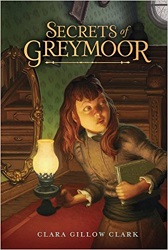
How do you know if a story idea is strong enough to support an entire novel?
Kelly: To me, this goes back to that all important step: imagination. When I take time to imagine, I can see whether a trail quickly runs out, or whether I’m bursting with possibilities. I’ve had numerous ideas that seem funny or interesting at first, but when I start to play them out in story form, there’s not enough to turn that idea into an entire book.
How do we pull it all together?
Clara: I’ve pretty much stated that above, but to recap, getting ready to write is having your three prongs of story working together in your mind–i.e. research, imagination, and emotion. When the characters start saying things and doing things and feeling emotions then I know it’s time to write.
How do you know when it’s time to write?
Kelly: For me, there’s a feeling of urgency that begins to build. Also, because I spend so much time imagining different possibilities, there’s also a point where I feel like my imagination is tapped out. I think of this part of the process like playing chess. When you’re playing, you try to consider each move and its consequences. Some players are capable of thinking many moves ahead. Others can think one or two moves ahead. Either way, there’s a point where you’ve done all of the thinking you can, and it’s time to choose the best path and make your move.
Revise As Many Times As You Need To.
How many drafts do you do before you submit your work?
Kelly: This varies from project to project, but I guarantee it’s more than most people expect! It’s also less quantifiable because I often read through partial drafts and edit as I’m creating.
In an ideal world, I’d start each new chapter by rereading the previous one, so I’d clean up the text as I write. Then after a complete draft is finished, I’d put it away for at least two weeks so I could come back to it with fresh eyes. I’d revise a minimum of three times before passing the novel on to a team of carefully selected readers who would give me feedback. Then I’d take their feedback, incorporate it, and revise again as many times as needed.
Of course, this is a perfect scenario and we all know that writing is messy! Our best laid plans seldom work out the way we want them to! My best advice? Revise as many times as you need to, and don’t feel self-conscious about how many drafts you take to get it right. What matters is the end result, not how long it takes you to get there.
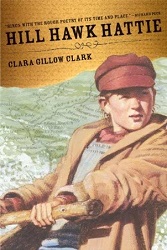 Clara: Each project is different. For Hill Hawk Hattie the beginning came fully formed into my head when I was out walking–walking is when I do a lot of daydreaming and when characters talk to me–and the opening of that book never changed much from that moment Hattie entered into my conscious and started telling me her story. But I had spent years gathering research about the heyday of the rafting era on the Delaware River so the stage was set. But it’s also not unusual for me to do countless drafts of a scene or chapter and then toss them out or to tinker endlessly with words and phrases, always asking myself, “How can I say this better?” After I’ve completed a draft, I count on a feedback from trusted friends, and more often than not that will require several more drafts before the manuscript is even close to submission.
Clara: Each project is different. For Hill Hawk Hattie the beginning came fully formed into my head when I was out walking–walking is when I do a lot of daydreaming and when characters talk to me–and the opening of that book never changed much from that moment Hattie entered into my conscious and started telling me her story. But I had spent years gathering research about the heyday of the rafting era on the Delaware River so the stage was set. But it’s also not unusual for me to do countless drafts of a scene or chapter and then toss them out or to tinker endlessly with words and phrases, always asking myself, “How can I say this better?” After I’ve completed a draft, I count on a feedback from trusted friends, and more often than not that will require several more drafts before the manuscript is even close to submission.
